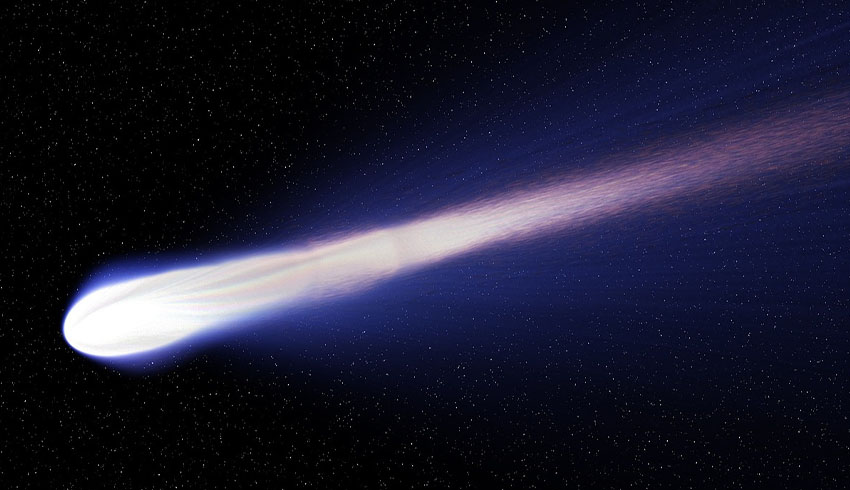Occasionally such objects head our way.
In 2017, one such a body visited our solar system and right now there’s another.
Inspired by the first visitor, named ʻOumuamua, a team of scientists led by astronomers from the Jagiellonian University in Krakow, Poland, created a computer program to scan online data of newly discovered comets and asteroids in search of objects arriving from interstellar space.
They called their program Interstellar Crusher. And last month one turned up, now named Borisov.
The team’s findings have been published in the journal Nature Astronomy this week.
"This code was written specifically for this purpose and we really hoped to receive this message one day. We only didn't know when," said Piotr Guzik of the Jagiellonian University, who led the study.
Close examination of the object's orbit confirmed it came from outside our solar system, making it the second identified interstellar visitor.
It would seem to follow that there have been plenty of others. Exo-solar comets don’t look much different from comets within our solar system and the interlopers can be identified only through their strongly open orbits.
On 8 September, the program notified the team of a possible new hyperbolic object arriving from interstellar space.
Two days after that initial alert, the team was scrutinising the first actual images of the object, obtained by the William Herschel Telescope on La Palma, Spain.
More data was to come from the the larger Gemini North Telescope on Hawaii.
"We immediately noticed the familiar coma and tail that were not seen around 'Oumuamua," said Michal Drahus of the Jagiellonian University, the study coalition-leader.
"This is really cool because it means that our new visitor is one of these mythical and never-before-seen 'real' interstellar comets," he said.
Comet Borisov, named after Russian astronomer Gennadiy Borisov who first spotted it in August, has a reddish hue and a core of about two kilometres in diameter.
Its orbit will take it mid-way between the Earth and sun and that will provide plenty of opportunity for further examination.
"The comet is still emerging from the sun's morning glare and growing in brightness. It will be observable for several months, which makes us believe that the best is yet to come," said study co-author Waclaw Waniak of the Jagiellonian University.

